Top Foods Your Cat Should Avoid
Foods Your Cat Should Avoid : Discover the top foods that are harmful to your cat's health and learn how to keep your feline safe with this simple and informative guide.
The Doctor
12/10/20243 min read
Introduction
Cats are inquisitive animals that frequently show curiosity in the food that their owners consume. Although it may seem tempting to share your meal with them, cats may be harmed or even killed by certain human foods. Knowing which foods to avoid is essential for your feline friend's safety. The most harmful meals for cats will be discussed in this article, along with the reasons they shouldn't be on their plate.
1. Chocolate
Chocolate contains theobromine and caffeine, both of which are toxic to cats. Dark chocolate and unsweetened baking chocolate are especially dangerous.
Symptoms of poisoning: Vomiting, diarrhea, rapid breathing, and seizures.
What to do: Contact your veterinarian immediately if your cat consumes chocolate.

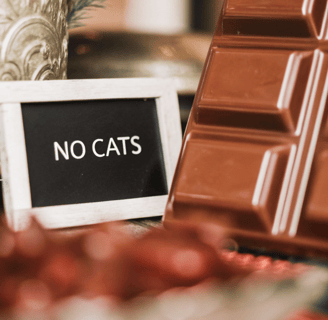
2. Onions and Garlic
Onions, garlic, and related vegetables (like chives) can damage your cat’s red blood cells, leading to anemia. These ingredients are harmful in all forms—raw, cooked, powdered, or dehydrated.
Symptoms: Weakness, reduced appetite, and pale gums.
What to do: Keep dishes containing these ingredients out of reach and avoid sharing leftovers with your cat.
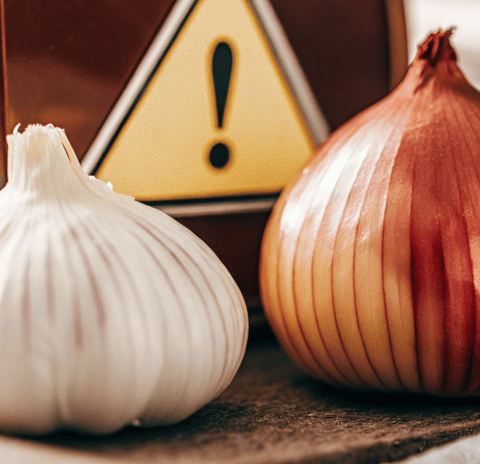

3. Grapes and Raisins
While the exact reason is unknown, grapes and raisins can cause kidney failure in cats. Even a small amount can be toxic.
Symptoms: Vomiting, lethargy, and decreased urination.
What to do: Avoid leaving grapes or raisins within your cat’s reach and consult a vet immediately if they ingest any.
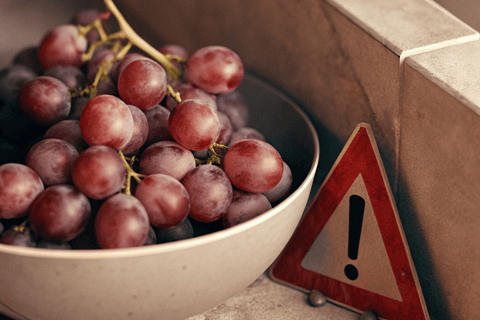

4. Alcohol
Even small amounts of alcohol can be extremely dangerous for cats. It affects their liver and brain, just like in humans, but their bodies are much less capable of processing it.
Symptoms: Vomiting, disorientation, difficulty breathing, and even coma.
What to do: Never leave alcoholic beverages unattended around your cat.
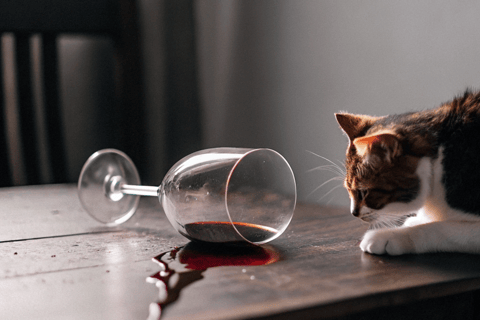

5. Caffeine
Caffeinated drinks like coffee, tea, and energy drinks are harmful to cats due to their stimulant effects.
Symptoms: Restlessness, rapid heart rate, and muscle tremors.
What to do: Keep caffeinated items far from your cat’s reach.
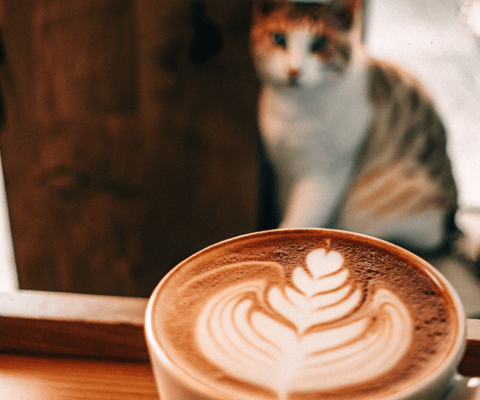

6. Dairy Products
Despite the stereotype of cats loving milk, most adult cats are lactose intolerant. Consuming dairy can cause digestive upset.
Symptoms: Diarrhea, stomach pain, and gas.
What to do: Offer lactose-free cat milk if you want to treat your feline friend.
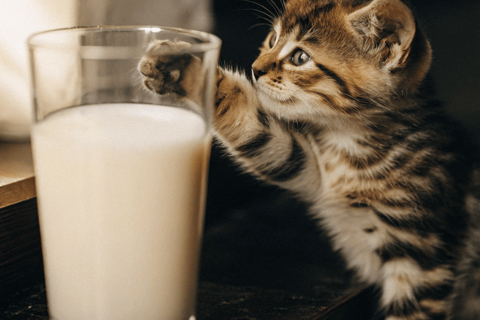

7. Raw Eggs, Meat, and Fish
Raw foods can carry bacteria like Salmonella and E. coli, which can cause severe gastrointestinal issues in cats. Raw eggs also contain avidin, a protein that can interfere with nutrient absorption.
Symptoms: Vomiting, diarrhea, and lethargy.
What to do: Always cook food thoroughly before sharing it with your cat.
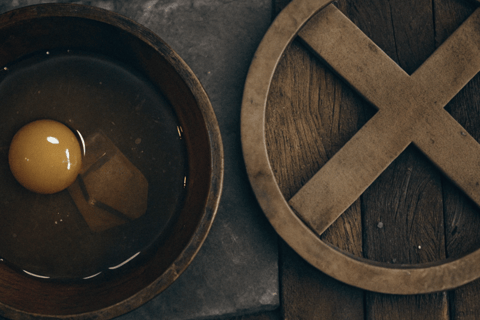

8. Bones and Fat Trimmings
Bones can splinter and cause choking or internal injuries, while fat trimmings can lead to pancreatitis.
Symptoms: Vomiting, abdominal pain, or difficulty passing stool.
What to do: Dispose of bones and fat safely to avoid accidental ingestion.
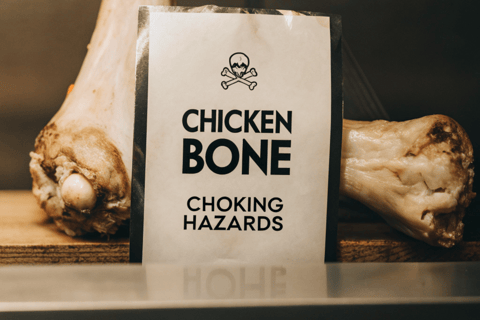

Conclusion
Cats rely on us to keep them safe, and knowing which foods are harmful is an important part of responsible pet ownership. Always stick to cat-safe treats and high-quality cat food. If your cat ever eats something they shouldn’t, don’t hesitate to contact your veterinarian or an animal poison control center.
By keeping dangerous foods out of reach, you’ll ensure your feline friend stays healthy, happy, and full of life!
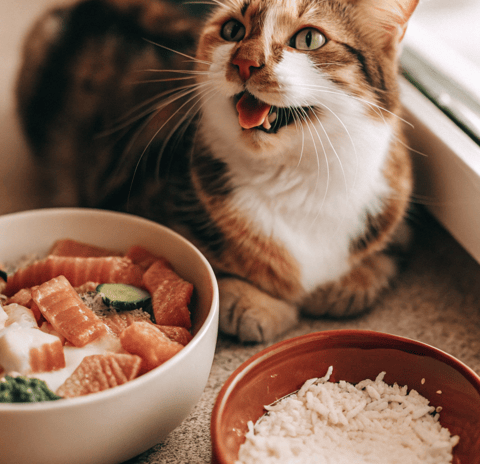

learn more about "5 Signs Your Cat May Have Anemia."
